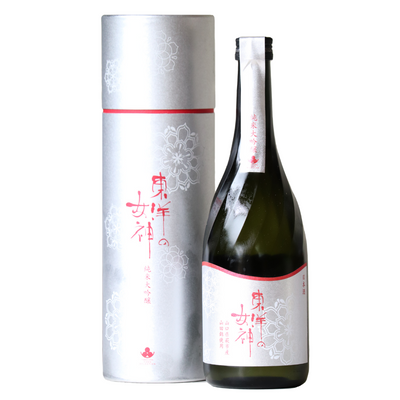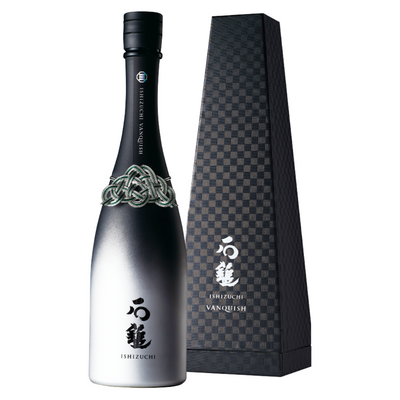Sake Drinking Fundamentals - Is Sake Sweet Or Dry?

Benjamin Knopp
Co-founder of Kurashu and in charge of spreading the word on sake.
Did you know you can select your sake based on its sweet or dry taste? Like wine, sake is available for different tastes, with most sitting somewhere in the middle. However, sake producers often create different variations depending on how sweet or dry they want to make it. So, the answer to the question "is sake sweet or dry" is it depends.
Keep reading to learn how there is sweet or dry sake to suit every palate.
Is Sake Dry or Sweet?
Sake is often mistaken for rice wine, but this is incorrect. The way sake is fermented means it has more in common with beer than wine. Like beer makers, sake producers have a lot of control over the result to suit a wide range of palates. Whether you prefer your sake sweet or enjoy drinking sake that leans more towards savory, there is something for everyone.Almost all sake will have a hint of sweetness, but there is a big difference whether sake is really sweet or is just perceived as sweet. Aroma, alcohol volume and acidity levels will have a significant influence on your perception of sweetness.
If a slightly sweet sake is also low in alcohol and low in acidity, but has a fragrant aroma, it will appear as sweeter than it actually is. Alternately, if a relatively sweet sake has a racy acidity then it will come off as quite dry.
Champagne offers a great example that people might be more used to. While Brut champagne is relatively dry, it appears more dry than it actually is because of its high acidity.
Because sweetness perception is so complex we, at Kurashu, don't put emphasis on the sweetness or dryness of a sake. We instead sort sake into one of six categories to give an overall impression of a sake's taste.
Don't know your sake category yet? Take our quiz and find out!
Selecting Dry or Sweet Sake
If you have a particular sake preference, it helps to know how sake producers market their products to differentiate sake sweet varieties from their dry ones. A dry sake will usually be prominently labeled as such, but hints on the label may also indicate whether your sake will be dry, sweet, or somewhere in between.
Check the label for any of the following symbols.
辛口 (karakuchi): dry
超辛口 (cho-karakuchi): super dry
極辛 (goku-kara): super dry
激辛 (geki-kara): super dry
甘口 Sweet
Some sake producers will go so far as to include a chart on the label, with a sake meter marker indicating how dry or sweet it is. But, as mentioned above, other factors will also influence the perceived sweetness.


Pairing Sake with Your Meal
Sake is incredibly versatile, a trait that is perfectly summed up with the saying, "Sake never fights with food." Its slightly sweet undertones and low bitterness mean sake can complement just about any meal, from mom's chicken carbonara to a filet mignon with bearnaise sauce.
Although you might have trouble ordering sake at your favorite French restaurant, more and more restaurants in Paris are opting to experiment with sake. There is even a French sake competition that rates sake based on how well it pairs with French food.
If you are searching for new flavors and experiences to stimulate your palate, looking for something different from the traditional red or white at mealtime, or want to impress your friends with your expanded repertoire of fine beverages, sake could be your next favorite drop. Whether you enjoy it ice cold, serve it at room temperature, or create exciting cocktails with a difference, a new world of flavors awaits.





Leave a comment